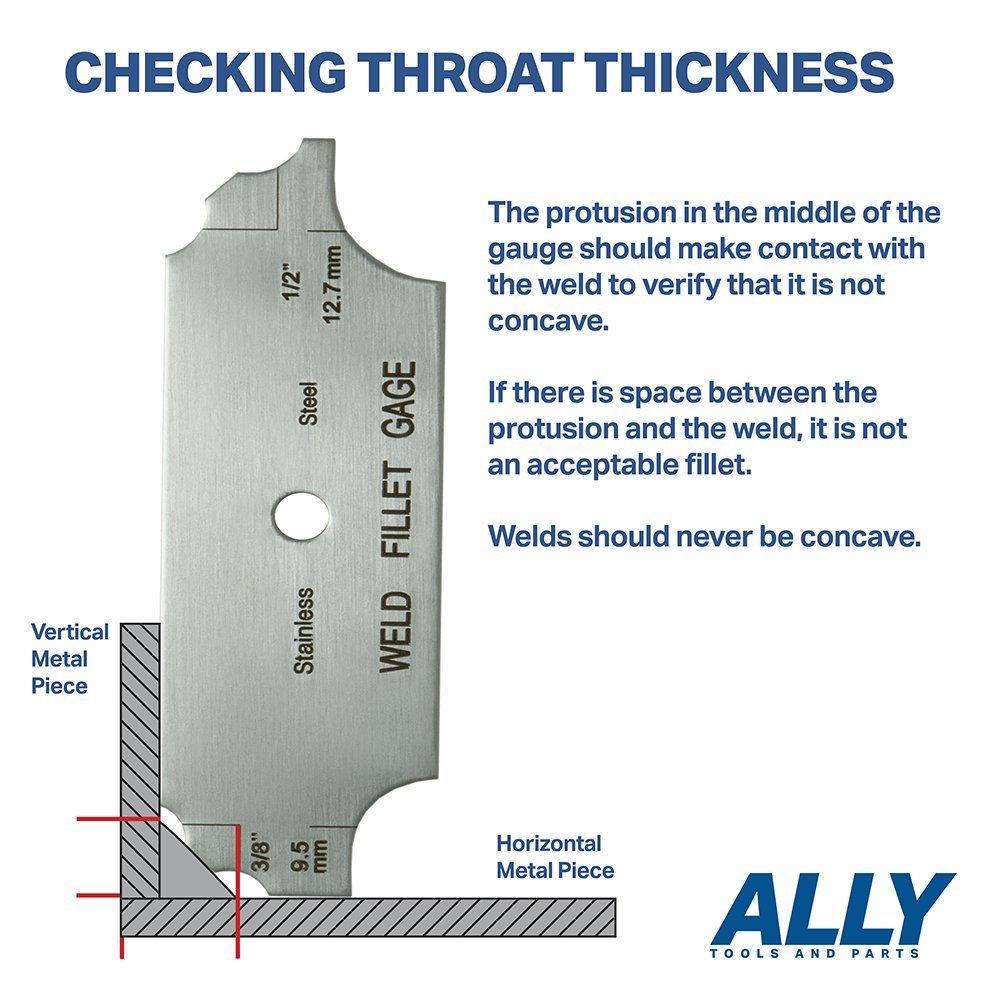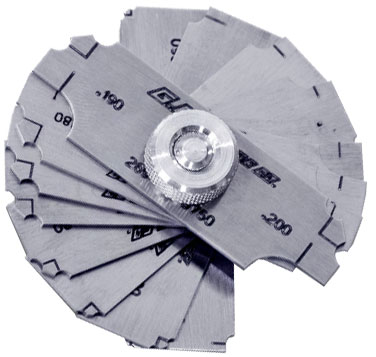The Ultimate Overview to Fillet Weld High Quality Control: Making Sure Strength and Durability in Your Welded Joints
In the realm of welding, making certain the stamina and durability of fillet welds is critical for the integrity of bonded joints. As we begin on this exploration of fillet weld quality control, we will reveal vital elements that influence weld strength, delve right into efficient assessment methods, and review techniques for protecting against typical weld problems.
Relevance of Fillet Weld Quality Assurance
Ensuring correct fillet weld top quality control is extremely important in assuring the structural stability and durability of bonded components in various markets. Fillet welds are commonly used in structural steelwork, bridges, pressure vessels, pipes, and various other vital framework where the strength of the weld is vital to general safety and security and efficiency. Quality control measures such as aesthetic examinations, non-destructive screening, and adherence to welding treatments help determine possible flaws like lack of blend, incomplete penetration, undercutting, or too much support.
Trick Aspects Impacting Weld Strength
Accomplishing ideal weld toughness calls for mindful consideration of different essential factors that affect the integrity and longevity of the bonded joint. The first important aspect is appropriate joint preparation, which involves cleaning the base metals to remove any kind of impurities that can damage the weld. Additionally, the fit-up of the joint is important to make sure appropriate penetration and fusion of the filler product.
The option of the proper welding strategy and specifications likewise plays a substantial function in determining weld strength. Variables such as warmth input, traveling speed, and electrode angle can influence the top quality of the weld. Furthermore, maintaining the right interpass temperature during multi-pass welding is vital to avoid cracking and ensure a strong bond between the layers.
In addition, the selection of filler product and its compatibility with the base metals is important for achieving high weld toughness. Using filler product with the suitable mechanical residential or commercial properties can boost the general integrity of the weld. Post-weld warmth treatment and proper evaluation techniques are essential actions in ensuring the stamina and sturdiness of the welded joint.
Inspection Techniques for Weld Honesty

Another essential evaluation technique is liquid penetrant testing, where a liquid dye is used to the weld surface - Gauge Fillet Weld. The color seeps into any kind of surface-breaking issues, making them visible under UV light. This method is reliable for identifying imperfections that may not be visible to the nude eye


Ultrasonic screening is also commonly made use of for checking weld stability. High-frequency audio waves are routed right into the weld, and any kind of interruptions in the acoustic wave pattern indicate potential issues like splits or lack of blend.
These examination techniques play an important function in making sure the high quality and dependability of welds, eventually adding to the overall stamina and durability of welded joints in industrial settings.
Avoiding Usual Weld Issues
In order to preserve the architectural honesty of welded joints in commercial applications, it is vital to execute preventive procedures to address usual weld defects. One common issue is absence of blend, where the filler material falls short to bond sufficiently with the base metals, resulting in vulnerable points in the weld. This can be stopped by guaranteeing correct warm control and using the proper welding method.
Another constant problem is porosity, created by gas entrapment in the weld steel during the welding process. To avoid this, it is necessary to clean the base steels extensively, utilize dry electrodes, and preserve an ideal welding atmosphere with proper air flow.
In addition, cracks in welds can compromise the joint's toughness. To prevent this flaw, it is vital to manage the air conditioning price after welding, utilize pre-heating when essential, and select ideal welding specifications.
Enhancing Bonded Toughness With Appropriate Strategies
One essential approach to enhance weld sturdiness see this page is to guarantee appropriate weld bead placement. By positioning the weld bead properly within the joint, the weld's toughness and resistance to tiredness can be substantially improved.
Selecting the right filler metal and making certain the cleanliness of the base metals can prevent incorporations and other defects that can compromise the weld's toughness. By executing these correct methods, welders can make certain that their bonded joints show extraordinary toughness and durability, fulfilling the highest high quality criteria.
Verdict
Finally, maintaining premium quality control criteria for fillet welds is critical for making certain the strength and sturdiness of bonded joints. By understanding the essential variables affecting weld strength, utilizing examination techniques for weld integrity, preventing typical weld problems, and using correct techniques, welders can improve the overall toughness of their welds. It is important to prioritize top quality control actions to create resilient and reliable bonded joints.
In the world of welding, making sure the stamina and durability of fillet welds is extremely important for the honesty of bonded joints. As we get started on this exploration of fillet weld high quality control, we will certainly reveal essential variables that affect weld stamina, dig right into effective examination techniques, and talk about techniques for preventing typical weld defects.Accomplishing ideal weld additional hints toughness calls for mindful factor to consider of various vital variables that influence the integrity and longevity of the welded joint (Gauge Fillet Weld).In verdict, preserving high top quality control standards for fillet welds is critical for making sure the strength and longevity of bonded joints. By recognizing the vital variables influencing weld strength, utilizing inspection techniques Find Out More for weld integrity, stopping usual weld problems, and employing appropriate methods, welders can boost the overall durability of their welds